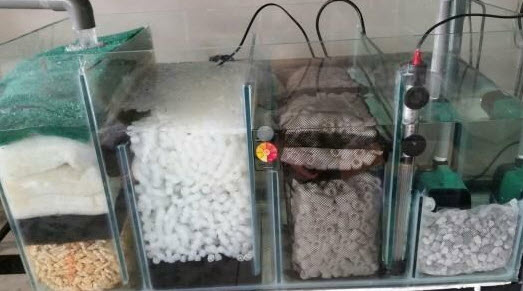
How “Good” is an Aquarium Filter Media?
What has to be emphasized here is that most people key in on only ammonia and nitrite oxidation when looking at filter media. For instance, if a canister filled with lava rock media gives zero ammonia and zero nitrite then you see comments like “the lava rock works fine”. Ammonia and nitrite oxidation requires very little from a filter media. So media like lava rock “works fine”.
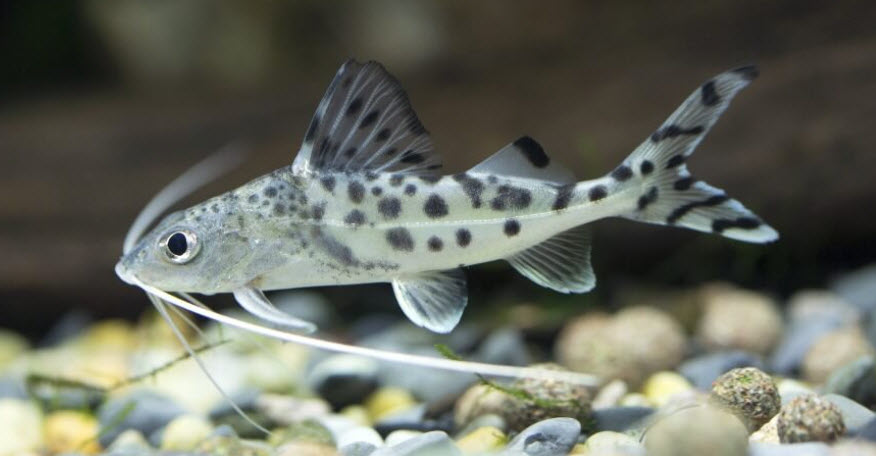
What is being missed is the concept of crystal clear water. That is water so clear that if you look down the length of a six foot aquarium you would think the fish are swimming in air. Contrary to popular mythology, one does not produce “crystal” clear water by mechanical filtration or “polishing” filtration. Mechanical or “polishing” filtration can only give “somewhat” clear water which has no particles floating in it which are visible to the eye.
The tiny floating bacteria and organisms which produce cloudy water feed on something called “dissolved organic compounds” (DOCs). And DOCs are totally unaffected by mechanical filtration or polishing filtration. In order to eliminate DOCs one needs huge amounts of what are called heterotrophic bacteria growing on the surfaces of the filter media. As a result, true crystal clear water requires twenty times more filter media surface area that does ammonia oxidation.
And the need for “crystal clear” water goes beyond aesthetics. Fish which are in crystal clear water will almost always be very healthy fish that don’t get diseases. This is because crystal clear water is very clean water. The cleaner the water the healthier the fish.
So the choice of which filter media to use just boils down to a personal choice depending on what one wants from their aquarium. An aquarium with diseased fish, “dull water” and no ammonia OR an aquarium with disease free fish, crystal clear water and no ammonia. The choice is up to the hobbyist.
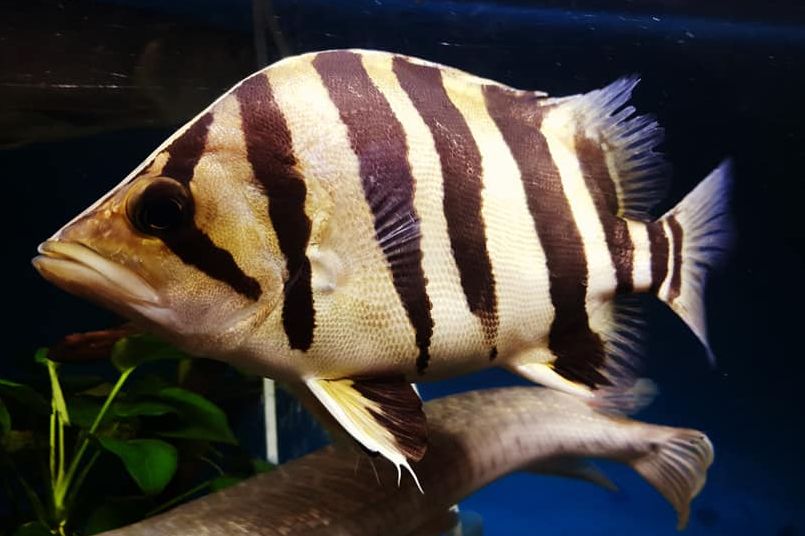
.
Abstract of a Filter Media Tests
A series of some six tests with 49 separate runs which each lasted ninety days were run on the capacity of ten different common aquarium filter media.
- To test the ammonia oxidizing capability of various aquarium filter media 10 five gallon buckets were set up. The filter media was put in ten air operated corner filters. This test was replicated and replicated well. Powerful software (JMP) was used to analyze the differences and found the data to be significant. The testing data correlated well with the mathematically calculated effective surface area of each media. In turn the ammonia oxidation ability of the media by surface area correlated strongly with six research literature references on ammonia oxidation surface area.
- In addition four media were tested in forty gallon aquariums with canister filters. The results very closely correlated with the results in the other two tests above. This again validates the testing.
- Clarity of the water was measured for eight weeks of cycling ten 40 gallon aquariums with different filter media in canister filters and a heavy load of food. Two full tests and one partial test were run. This was a total of 25 tests using canisters and aquariums. The second test used half the media that the first test used. The third test used twice the media of the first test. These tests largely confirmed that crystal clear water requires some twenty times the filter media effective surface area that ammonia oxidation requires. This “rule” was confirmed in the scientific literature.
This was a total of 49 tests of media. All the tests correlated well with foam, pot scrubbers and K1 media significantly outperforming ceramic rings, Matrix and Biohome in ALL the tests.
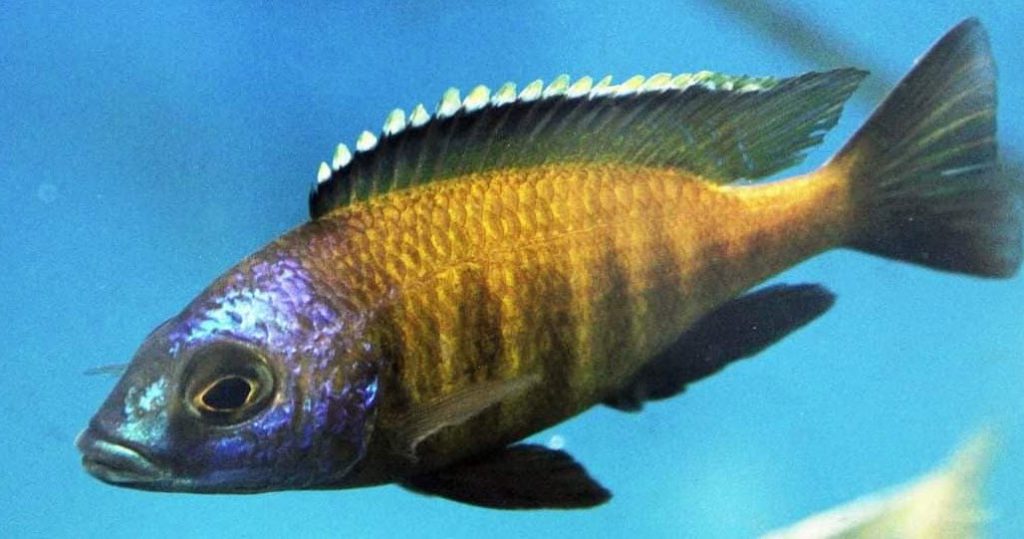
These tests showed:
- A typical large canister filled with 30 ppi Poret foam (“sponge”), static K1 media or plastic pot scrubbers will give good ammonia oxidation with 700 five-inch mbuna and crystal clear, healthy water with 35 five-inch mbuna.
- A typical large canister filled with ceramic rings, lava rock or BioHome filter media will give good ammonia oxidation with 80 five-inch mbuna and crystal clear, healthy water with 4 five-inch mbuna.
Practical Interpretation
What this means from a practical standpoint is that there are two “easiest” and “best” media to fill a canister with. This is to fill a canister 100% with one or the other of the following media:
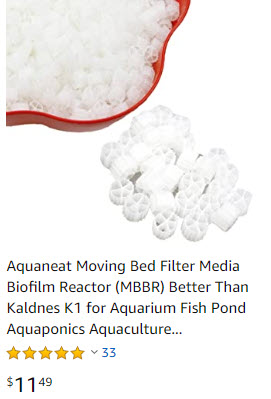
.
One gallon of static K1 type media OR
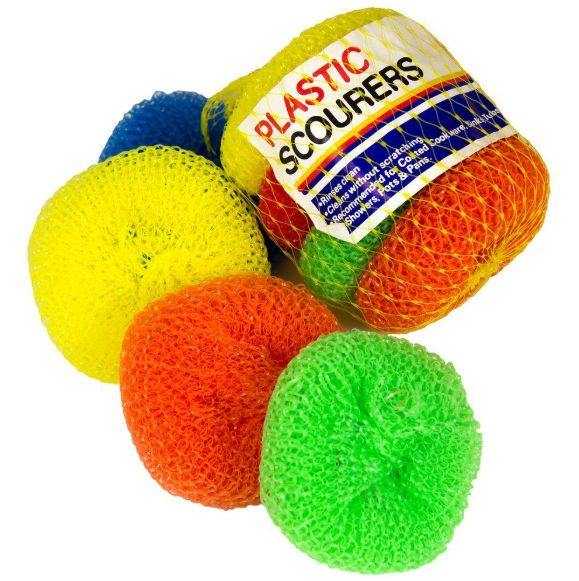
As many plastic pot scrubbers as one can fit in (in my case 40)
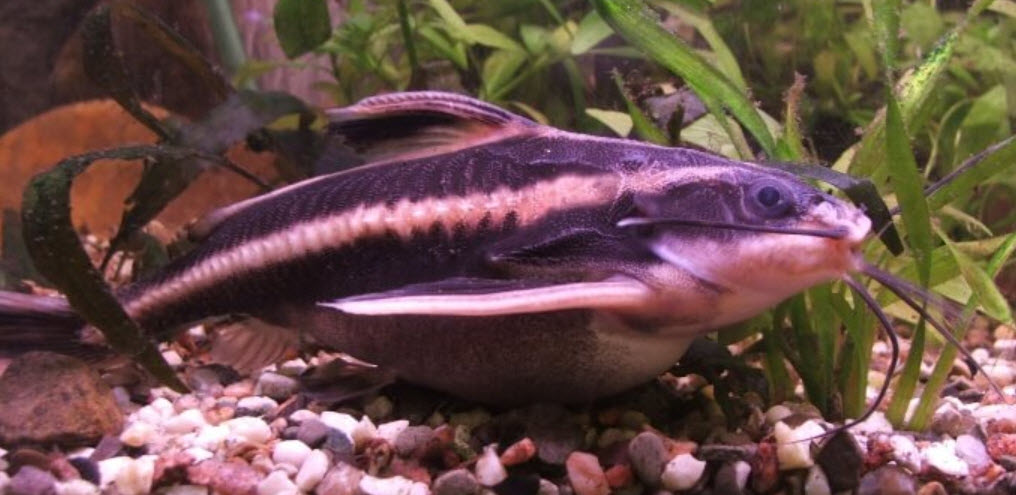
I don’t use foam as it is too difficult to get a good fit in the canister. If you can buy precut 20 ppi or 30 ppi foam for your canister I heartily recommend that for a filter media. If you want to cut your own foam I do not recommend a cheap foam. You can’t tell how many pore per inch (ppi) this foam has nor whether or not it is suited for the aquarium. Rather go direct to Poret Foam supplier and get their 20 ppi foam. It is expensive but it is worth it.
30 ppi foam is tricky. If one has a lightly stocked aquarium and a lot of 30 ppi foam, the foam will work great and won’t rapidly plug. But if one has a small amount of 30 ppi foam and a heavy load of fish the foam will rapidly plug, like in two to three weeks.
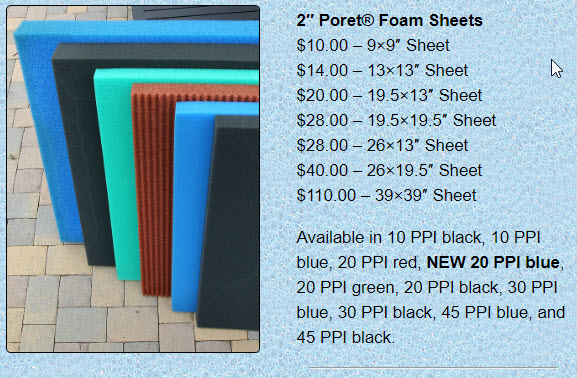
Three Ammonia Oxidizing Tests
A test of the ammonia oxidizing capability of ten different filter media was undertaken. Ceramic rings, lava rock and BioHome were the worst media. Bioballs and Matrix were twice as good as the rings. Aquarium gravel and Matala pads were three times as efficient as the rings. Static K1 media and pot scrubbers were five time more efficient than the rings. And 30 ppi Poret foam (“sponge”) was nine times more efficient than the rings.
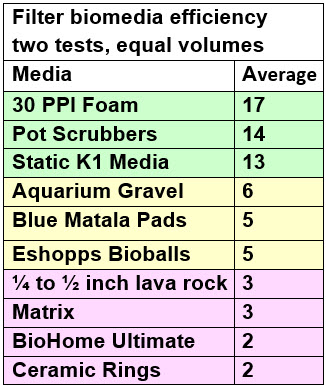
Note that the foam used was very carefully cut so that there were no gaps around the foam. Foam only works if the water flow is forced to go through the foam. If the water flow can bypass the foam it will. This is why chunks of foam are a poor biomedia.
These results were compared to the mathematically calculated surface area of the media and the results were closely correlated, confirming that the effective surface area is the determining factor in the efficiency of aquarium biomedia. This close correlation validates the test very well.
In addition four media were tested in forty gallon aquariums with canister filters. The results very closely correlated with the results in the other two tests above. This again validates the testing.
This is an easy test easily replicated by any hobbyists interested in accuracy. This was very deliberate. We deliberately avoided the type of test which might be “scientifically correct” but difficult to reproduce at home. We encourage anyone to duplicate this test.
.
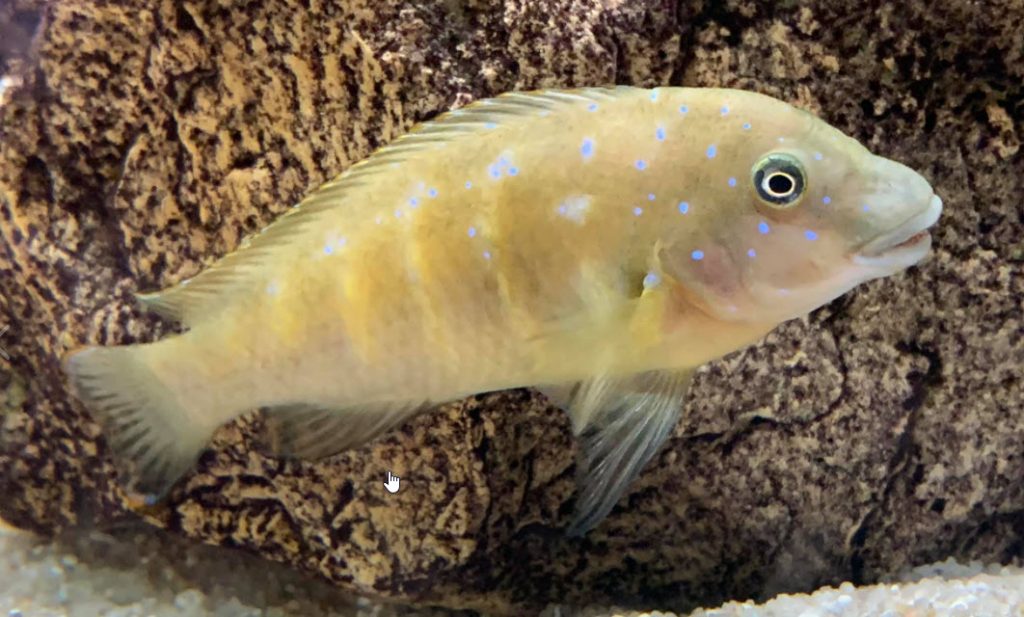
The ammonia oxidation test, the procedure, some six research references and a discussion of the results can be found in this link:
7.1.3.1. Filter Media Ammonia Oxidation Test
Three Water Clarity Test for Filter Media
A series of twenty five tests were run with canister filters and 40 gallon aquariums to determine the effect of filter media on the water clarity in an aquarium. These tests largely confirmed that crystal clear water requires some twenty times the filter media effective surface area that ammonia oxidation requires. This “rule” was confirmed in the scientific literature. Go to this link to see the tests and the results:
7.1.3.2. Test of Water Clarity from Filter Media
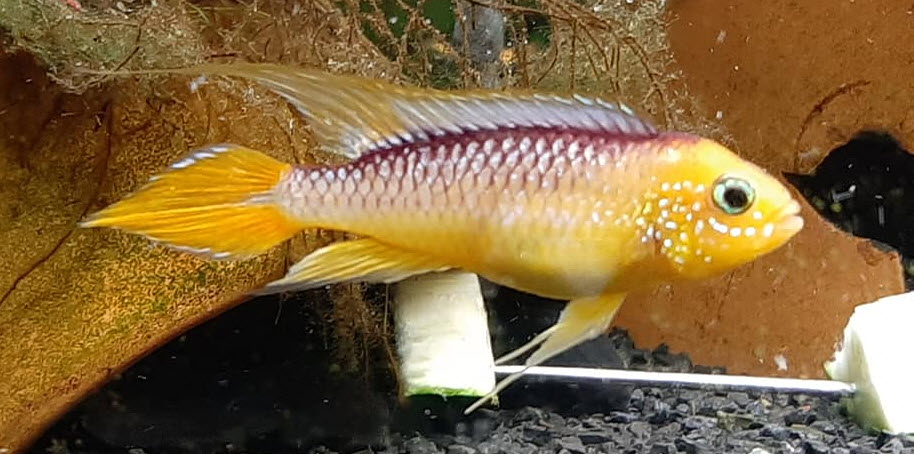
Belief Perseverance Effect
Many people who spent a great deal of money on the media they have in their filter will say this test is wrong for this reason and that reason. This is the psychological phenomenon of “belief perseverance effect”. People will rationalize and rationalize any science away which doesn’t coincide with their beliefs. It is pointless to try and fight this phenomenon.
.
“Nothing dies harder than a lie people want to believe” Calvin
.
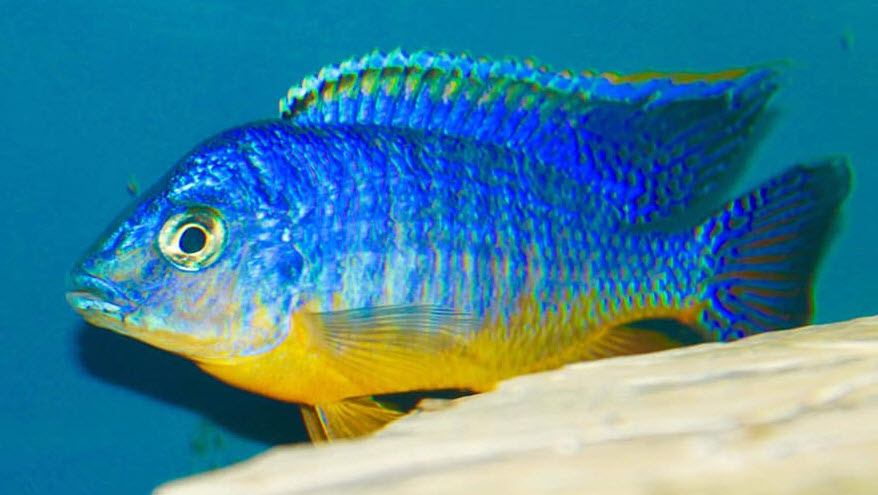
Each Specific Filter Media
This is an index of articles devoted to all the various filter media in use in filters. Each article discusses each media type in depth:
7.2.1. Polyester Floss
7.2.2. Foam and Sponge
7.2.3. K1 Media
7.2.4. Perlite and Pumice
7.2.5. Aquarium Gravel
7.2.6. PP and EVA Pads
7.2.7.Bio Balls
7.2.8. Pot Scrubbers
7.2.9. Lava Rock
7.2.10. Growstone
7.2.11. Ceramic Media
7.2.12. Matrix
7.2.13. Clay Balls
.
Return to Filter Media Menu
.
Aquarium Science Website
The chapters shown below or on the right side in maroon lead to close to 400 articles on all aspects of keeping a freshwater aquarium. These articles have NO links to profit making sites and are thus unbiased in their recommendations, unlike all the for-profit sites you will find with Google. Bookmark and browse!
.

Leave a Reply